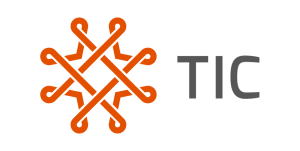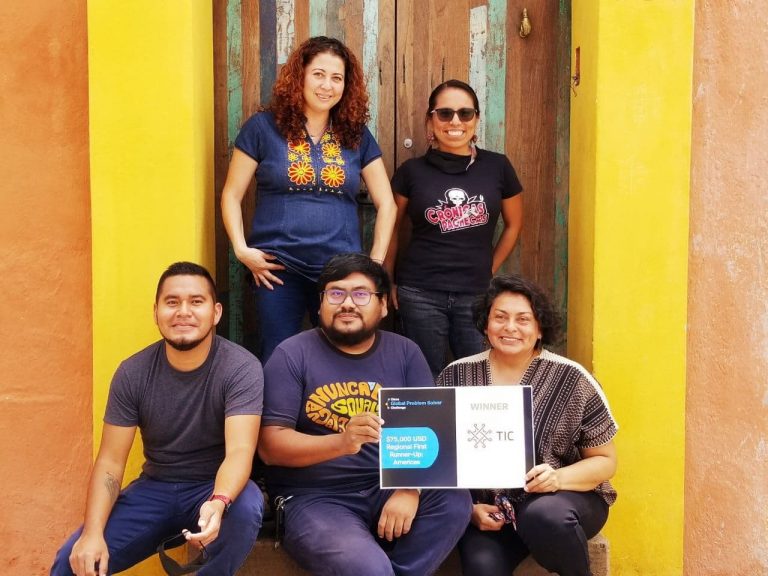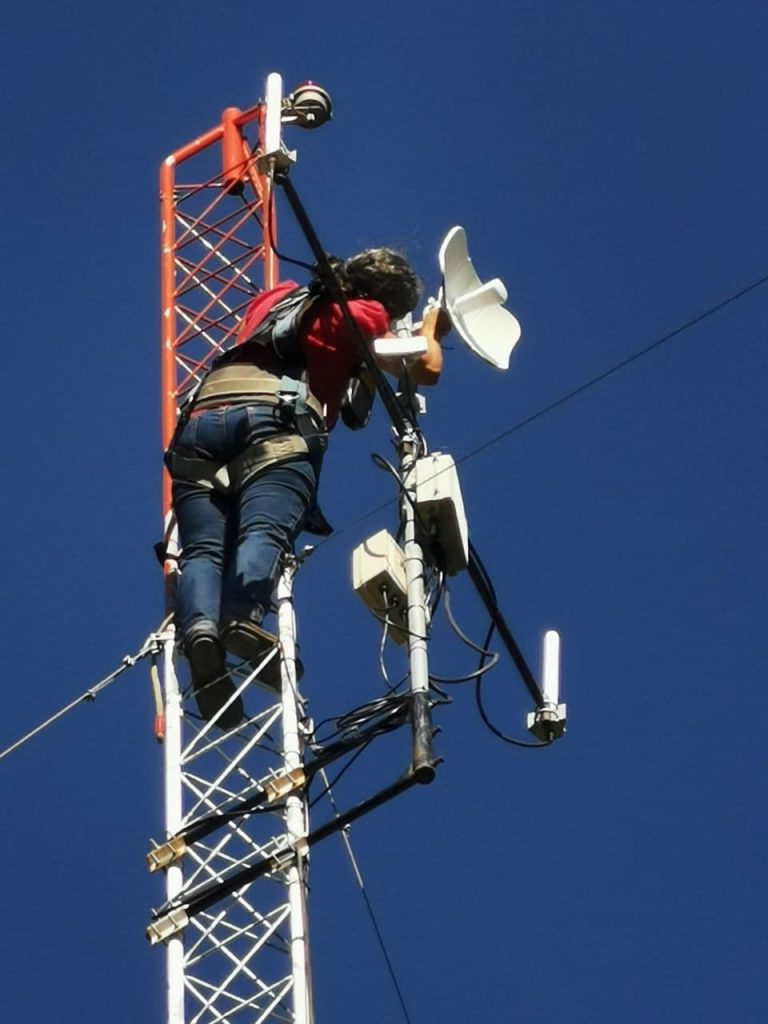 Now that the Cisco Global Problem Solver Challenge 2021 winners have been officially announced, we are excited for you to learn more about each winning team and the story behind each innovation. The Cisco Global Problem Solver Challenge is an annual competition that awards cash prizes to early-stage tech entrepreneurs solving the world’s toughest problems. Now in its fifth year, the competition awarded its largest prize pool ever, $1 million USD, to 20 winning teams from around the world.
Now that the Cisco Global Problem Solver Challenge 2021 winners have been officially announced, we are excited for you to learn more about each winning team and the story behind each innovation. The Cisco Global Problem Solver Challenge is an annual competition that awards cash prizes to early-stage tech entrepreneurs solving the world’s toughest problems. Now in its fifth year, the competition awarded its largest prize pool ever, $1 million USD, to 20 winning teams from around the world.
Of the 20 teams, Telecomunicaciones Indígenas Comunitarias, A.C. (TIC) was honored as the regional first runner-up for the Americas with a $75,000 USD prize. TIC is a civil organization that supports indigenous communities across rural areas of Mexico to build, manage, and operate their own telecommunication networks. In Mexico, it’s estimated that 12M people lack access to broadband which is a major barrier when it comes to social connection and equality. Since 2015, TIC has developed an innovative approach that combines open-source technology, community participation and ownership and regulatory advocacy, which has brought thousands of people cellular service in previously uncovered locations.
To learn more about TIC’s mission and the impact and reach it hopes to expand with the monetary prize, I met with Penélope Partida, Operational Coordinator at TIC.
What problem is your technology solution trying to solve?

Penélope: What we’re aiming to do is to diminish the lack of access to communication. We’re an organization that is comprised of communities and an operational team that decided to take action to address the lack of infrastructure in rural, indigenous communities in Mexico. We’re based in Oaxaca state, which has the largest indigenous population in Mexico. Minorities always have less opportunities with most everything. The reality is that not even commercial operators or the government are able to supply communication rights to the indigenous communities. So, this is an effort we’re taking on, but we aren’t approaching it alone; we have support from other open-source organizations across the globe. Together, we developed a 2G mobile communication system, but our next venture is to expand the technology to 4G to not only allow the communities access to communication but also to information through the internet.
Can you explain how the solution works?
Penélope: If you think about the mobile operator that you’re using with your phone, we are essentially serving as a mobile operator, but in a smaller context. We are replicating the same architecture as 2G technology in smaller networks that are autonomous. Many of the features for commercial operators run on hardware, but we’re reproducing these features through software so that the system is less expensive and more feasible for the communities to acquire, operate and maintain.
One of the main goals that we’ve achieved so far is the recognition of the Mexican government that the autonomous networks being built by the communities are legally installed and permitted to be used. While commercial operators must pay for the license, the indigenous communities are free from the use taxes, so it makes it possible for the communities to legally operate and use commercial mobile phones on their own community network.
What inspired you to develop this solution?
Penélope: The first thought from the TIC founders was to enable user feedback where indigenous community radios were operating. So, the movement started with radio broadcasting and the goal to receive feedback from users who were listening to the stations. Given not all the communities have a radio station, the opportunity became more about the need to communicate, especially with family. There’s a lot of migration from Southern Mexico to the United States, so the need to communicate with relatives outside of their communities was increasingly important.
Those is Southern Mexico have a history of being fighters for their rights. They take pride and care in protecting their territory, and they have a sense of the common good for the community. That means, nobody can own the water, parks or roads. In that sense, the air is also part of the common good, and they started to think that if their community will not be offered telecommunication services that they can become their own operator of the service. TIC has partnered to establish networks and train operators across 21 indigenous communities, and there’s a long pipeline of more requests. Expansion requires 4G technology and that’s what’s currently in development.

How will winning a prize in the Cisco Global Problem Solver Challenge help you advance your business?
Penélope: We’re on a quest to develop 4G technology! This takes investments in equipment and software feature developer resources. We’ve purchased used equipment from larger operators who are moving to 5G, but we’re finding that not all the equipment is reusable, so this is protracting our development timeframe. So, the prize will go a long way to helping us achieve our goal of developing 4G this year and piloting it with a community.
Our intent is to be self-sustainable, and we’ll achieve this when we’re able to expand the user-base, which is currently at 5,000. Donors are helping to bridge the gap and accelerate our ability to reach well beyond the 70 towns we’re serving.
How has the global pandemic impacted your work?

Penélope: Since last year, our activities have considerably slowed down. We often travel to the communities to train and support those who administer the network, but most of the communities closed their doors limiting the access. We’ve only been permitted when a severe network outage occurs.
The pandemic has also caused the slowing of the development of 4G, which has only proven to be more critical given the need for children to connect to the internet to attend school virtually during the pandemic.
Why did you decide to start your own social enterprise versus going to work for a company?
Penélope: I’m aware of the world we live in terms of injustice and inequality, so it made more sense to work in a place where I can do something to fight against the system that’s separating the rich from the poor. Working for a commercial company doesn’t allow me to make a real difference. I was personally moved to collaborate with TIC, and this is where I know I can make meaningful impact.
It’s wonderful to see the indigenous communities be proud of themselves for having the network operations in their hands. They are advancing in their technical learning and seeking solutions for their community. In the end, they’re able to maintain their autonomy. It’s their territory, their system, their network to operate, and we are just the support arm for them. What makes me happiest is seeing the communities be proud of themselves for what they’ve accomplished.
What advice do you have for other social entrepreneurs?
Penélope: Be congruent with what you believe in and what your actions are. If you see things happening in the world that you don’t agree with, don’t stay still. Take action.
Stay tuned for more articles in our blog series, featuring interviews with every Cisco Global Problem Solver Challenge 2021 winning team!



CONNECT WITH US